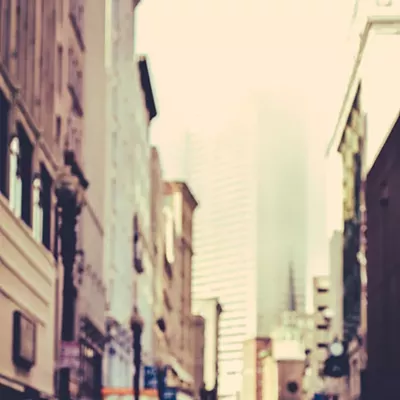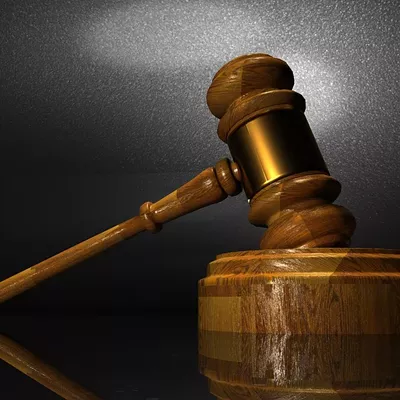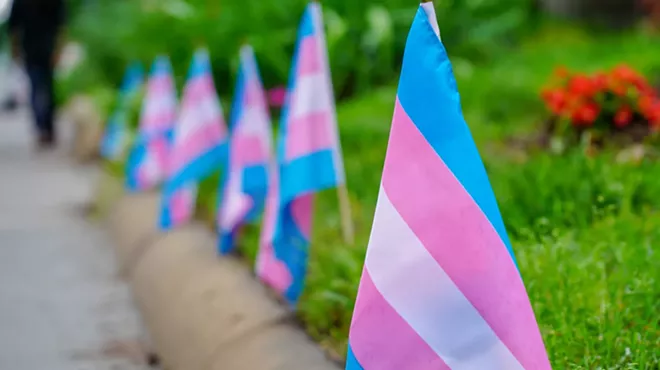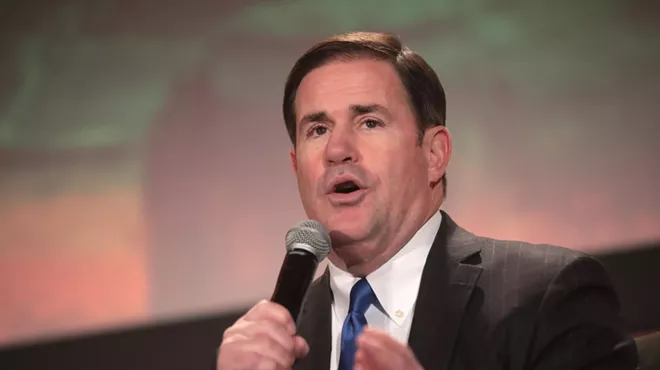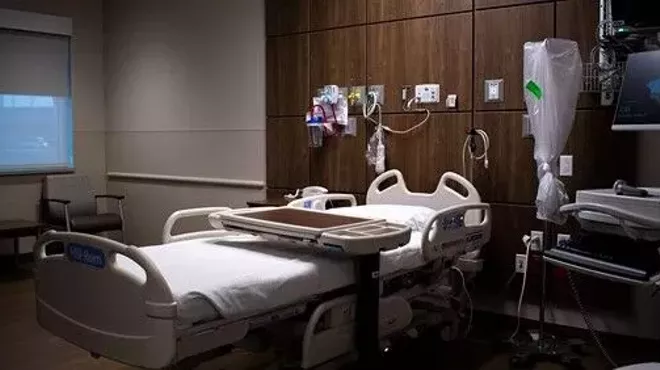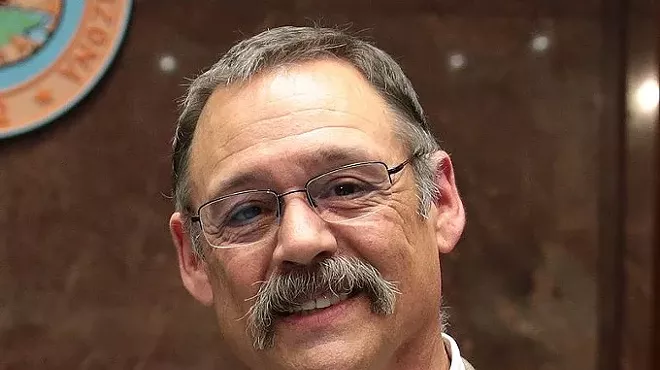Monday, August 3, 2020
Nobody Accurately Tracks Health Care Workers Lost to COVID-19. So She Stays Up At Night Cataloging the Dead.
Page 3 of 5
Rezba, 40, initially wanted a career in public health. While finishing her master’s degree at Emory University in Atlanta and for a few months afterward, she worked as a lab tech at the CDC, analyzing nasal swabs to track cases of MRSA, the flesh-eating bacteria. But she decided she cared more about people than bugs, so she headed to Virginia Commonwealth University medical school in Richmond, graduating in 2009 with plans to specialize in the treatment of chronic pain.During her residency at VCU, her first rotation was in the neonatal intensive care unit. “There was a little baby I helped take care of for three weeks. And the very last day of that rotation, his parents withdrew care. ... He was the first little person I pronounced dead. I went and cried in the stairwell after that.” Her next rotation was in the burn unit, then the emergency department. “It seemed like death was just everywhere,” Rezba said. Witnessing it “is something very separate from the rest of your life experiences. People look different when they’re dying. It’s not like TV. They don’t look like they’re sleeping. CPR is pretty brutal. Codes are pretty brutal.”
She began keeping a list as a way to process the grief. “In residency, you record everything — your case logs, the procedures you do. It was just sort of second nature to record their names.” Whenever a patient died she would make another entry in her notebook, then “I would kind of perseverate” — ruminate — “over their names.” At the end of the year, she took the notebook to church. “I lit candles for them. I prayed. And then I let it go.”
A decade later, Rezba was working full time as an anesthesiologist and raising three small children, her list-compiling days long past her, she thought. Then COVID-19 hit. The onetime infectious disease geek became obsessed with the videos leaking out of China — the teams of health care workers in full protective gear, the makeshift wards in tents, the ERs in chaos: “I knew early on that this was going to be a big problem.” In her job, Rezba was often called upon to do intubations. “The possibility of not having enough PPE caused a lot of anxiety for her,” said her husband, Tejas Patel, whom she met in medical school. “She would be the one, if we did hit that level of New York, who could potentially be at risk and bring it home to the kids.”
As it turned out, Rezba’s hospital wasn’t inundated, nor did it experience the PPE shortages that plagued many health care facilities. But her anxiety didn’t disappear; it just took a new shape. If health care workers were front-line heroes, she decided, her role was to search the trenches for the bodies left behind.
Rezba is the first to admit she’s not great at technology; she rarely uses a computer at home. Patel discovered what she was doing because their iPhones and iCloud accounts are linked. “Whenever she saves a picture to the phone, I can see it. And I noticed a bunch of pictures of, you know, these strangers.” He remembered how, in their student days, Rezba had insisted on humanizing the cadaver in their anatomy lab: “It upset her that it was just this anonymous person. Knowing his birthday and little things like that would make her feel better.” Patel figured the photos were part of a similar coping strategy. “It wasn’t until much later that I found out she was putting them up on Twitter.”
Much of Rezba’s digging happens in the middle of the night, when she can’t sleep. She usually starts by Googling for local news stories; if she’s still not tired, she turns to the obituary site Legacy.com. The hunt for a person’s occupation and cause of death invariably takes her to Facebook, where she follows the trail to relatives and co-workers, to vacation slideshows and videos of old men serenading their grandkids on the guitar. Every few days, she checks GoFundMe, where she’s recently been struck by the number of people who linger for weeks or months before dying. She’s still discovering deaths that occurred in April and May. Anyone under 60 gets special scrutiny. “If the obit says, ‘They died surrounded by family,’ I usually don’t bother trying to find out more, because those people didn’t have COVID. The people with COVID are mostly dying alone.”
Doctors and nurses are the easiest to find. “If someone worked in the laundry service at the nursing home, the family doesn’t put that in,” Rebza said. Yet it’s the nonmedical staff that she feels a special obligation to uncover — the intake coordinators and supply techs, the food service workers and janitors. “I mean, the hospital’s not going to function if there’s nobody to take out the trash.” Every so often, a news story mentions that several staffers from a particular nursing home or rehab center have died, without mentioning their names, and Rezba feels the rage start to bubble. “What it comes down to is, these are people that are making $12 an hour. And they get treated like they’re disposable.”
If she can’t find someone’s identity right away, or if the cause of death isn’t clear, she’ll wait a couple of days or weeks and try again. Because she comes across them anyway, she’s started to keep track of other categories of COVID-19 deaths, like kids and pregnant women, as well as health care workers in their 30s and 40s who don’t appear to have the virus but suddenly perish from heart attacks or strokes or other mysterious reasons. “I have a lot of those,” she said.
Once she’s certain she’s found someone who belongs on her list, she selects a photo or two and writes a few words in their honor. Sometimes, these read like a scrap of poetry; sometimes, like a howl.
He enjoyed crazy-dancing at home to Bruno Mars, with the moves becoming wilder the more his family laughed.
As a child, she would wrap her clothes around Dove soap so they would smell like America.
This poor baby should have his mother in his arms. Instead he has her in an urn.


